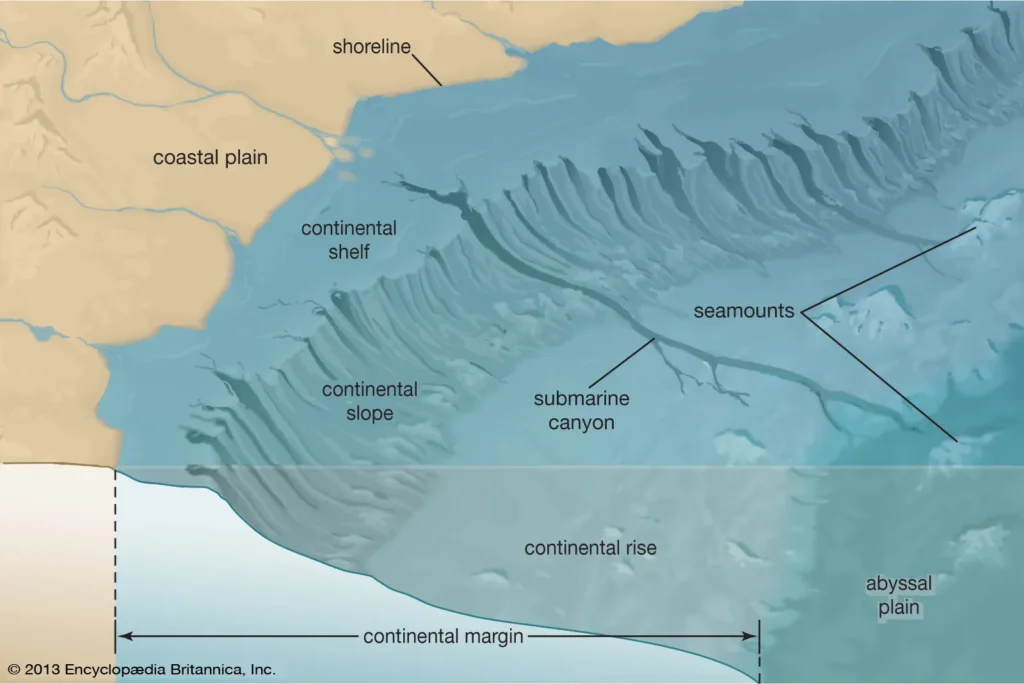GEOPHYSICAL SURVEYS

- NAMCO Provides geophysical techniques used to identify existing subsurface structural features, geological layers, and/or buried debris, infrastructure, and utilities. In urban waterfronts, decades of infrastructure construction, demolition, and abandonment have left structures and utilities in place near critical facilities that require upgrades or rehabilitation.
- Many times, historic drawings for these facilities do not have accurate as-built data to identify the actual location of remnant underwater subsurface features.
- Marine geophysical surveys can help project stakeholders identify subsurface conditions
NAMCO offers advanced geophysical techniques designed to identify and map existing subsurface structural features, geological layers, and buried debris, infrastructure, and utilities. This is particularly crucial in urban waterfront areas where decades of infrastructure construction, demolition, and abandonment have left a complex web of structures and utilities near critical facilities that require upgrades or rehabilitation.
Challenges in Urban Waterfronts
In many urban waterfronts, historic drawings and plans often lack accurate as-built data, making it difficult to pinpoint the actual locations of remnant underwater subsurface features. This can pose significant challenges when planning new construction or rehabilitation projects, as it is essential to understand the existing subsurface conditions to avoid potential hazards and ensure project success.
Marine Geophysical Surveys
Marine geophysical surveys are invaluable tools for project stakeholders, providing detailed insights into subsurface conditions. These surveys employ a variety of techniques to gather data about the underwater environment, ensuring that project plans are based on reliable and comprehensive information.
Benefits of Marine Geophysical Surveys
- Accurate Mapping: Surveys provide precise maps of subsurface features, helping to identify existing infrastructure and potential obstacles.
- Risk Mitigation: By understanding subsurface conditions, projects can be planned to avoid unexpected encounters with buried utilities or debris, reducing the risk of costly delays and safety hazards.
- Informed Decision-Making: Stakeholders receive detailed data that supports informed decision-making, enabling more effective planning and resource allocation.
